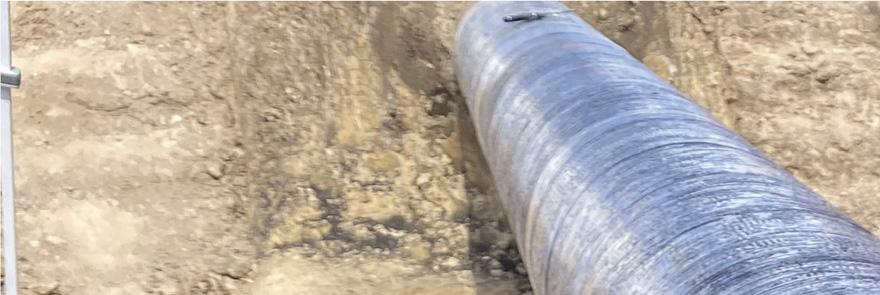
8 minute read
The future of pipeline integrity


Tim Mally, CSNRI, USA, explores the benefits and implementation of composite repair systems for crack-like defects in pipelines.

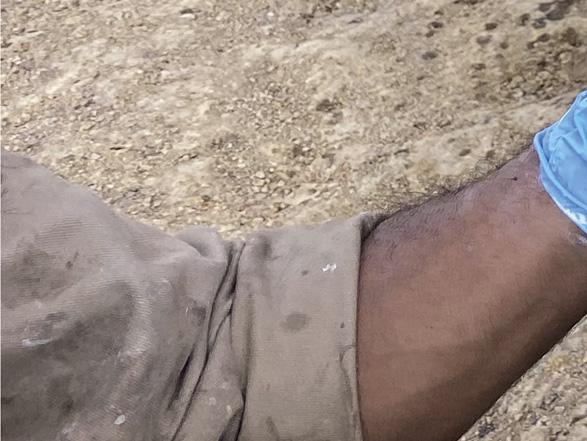


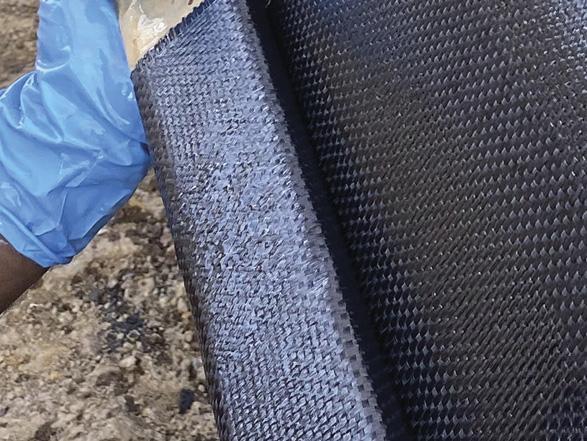
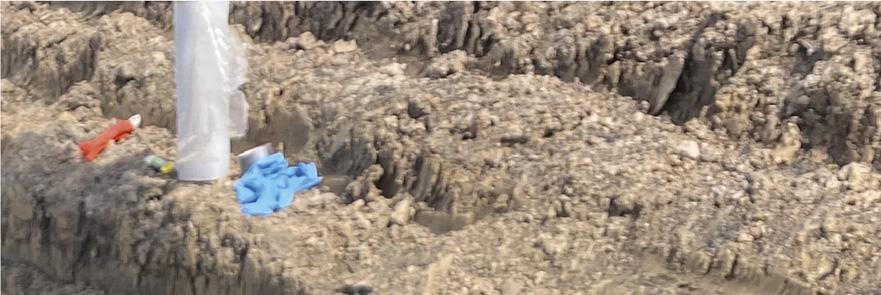

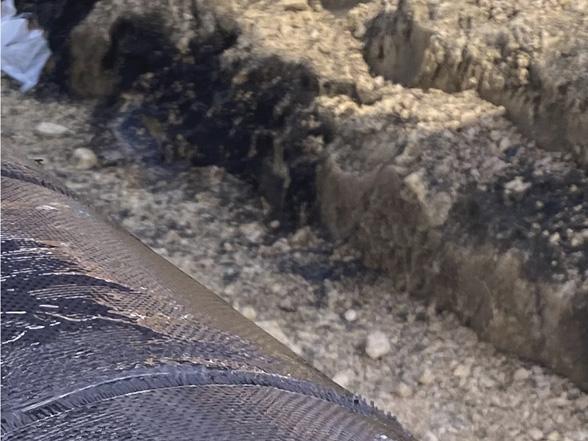


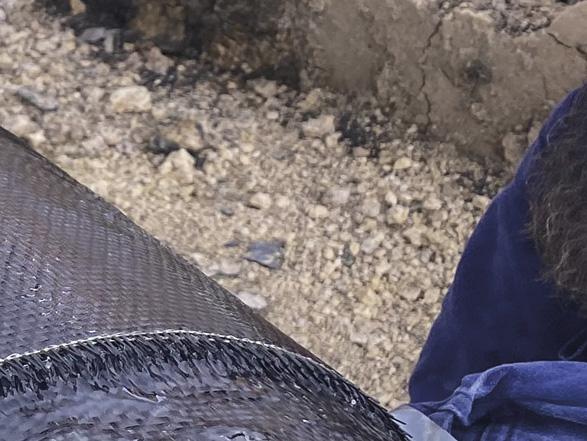
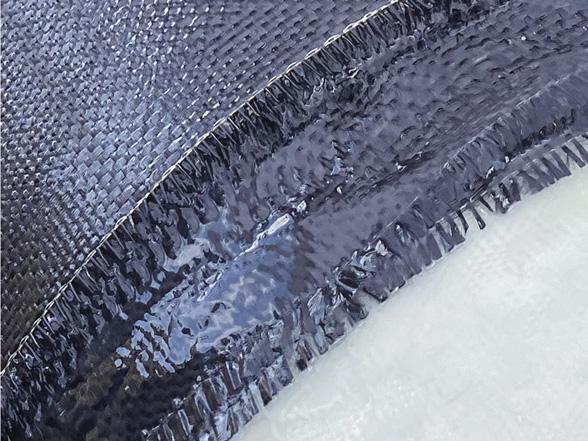
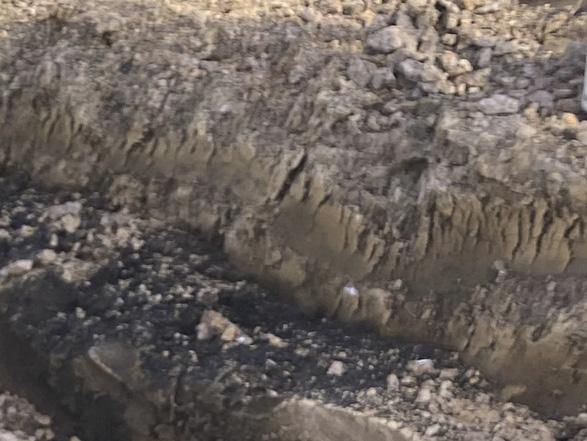
The oil and gas pipeline industry is facing more opposition and scrutiny than ever before. Environmental protests have focused the unforgiving eye of negative public opinions on pipelines. The fear of climate change has sounded the alarm on fossil fuels and carbon emissions and brought a wave of voices calling for renewable energy. State and federal governments and regulators, amidst environmental protests, are placing new pipeline construction under intense scrutiny, grinding new pipeline projects almost to a halt. The slowdown in new projects increases the level of responsibility on the existing, ageing pipeline network to continue to perform as it always has, which in essence means it must carry an even larger load than originally intended due to increasing energy demands and population growth.
However, the majority of existing pipelines in the ground in the US today were built before 1970, when welding and pipe manufacturing standards are not near what they are today. Modern day society is at a critical juncture where affordable energy is paramount, but reliable means to transport it to consumers are only getting older, and new pipelines are not on the way to provide relief for the existing network.
The amount of pipeline in service in the ground in the US that was manufactured pre-1970 with a low frequency electric resistance weld (LF-ERW) seam could travel around the circumference of earth almost 10 times. While the LF-ERW manufacturing method has produced pipelines that have successfully stayed in service for 50+ years, time has shown an increased susceptibility to selective seam corrosion, hook cracks, and lack of fusion at the critical juncture called the seam weld. While pipe manufactured since 1970 has improved metallurgy, it is also not immune to having manufacturing defects. These “crack-like” defects present a significant threat to pipeline integrity and are the root cause of several pipeline failures to date.
Throwing even more considerations into the mix, if the US follows Europe’s lead and the existing pipeline networks are called upon to transport renewable energy sources such as hydrogen, addressing these “crack-like” defects will become even more important. The nature of hydrogen can cause harmless weld manufacturing defects that have been in the ground for decades to develop into sharp cracks at a much more immediate risk of failure. Therefore, even renewable energy could bring unknown risk into the existing pipeline networks.
It seems as if everywhere a pipeline company turns, there is yet another threat to transporting much needed energy to consumers safely. Pipeline integrity engineers work feverishly around the clock to ensure that pipelines can operate safely while mitigating critical threats. What can pipeline integrity engineers turn to in order to address these welds, cracklike and manufacturing defects while safely keeping their pipelines in operation? In an ideal world, pipeline operators could shut the pipeline down, cut out the section of pipeline containing the defect, and weld in a new piece of pipe that has been verified to be free of injurious crack-like and weld anomalies. However, this is not always possible and could be a decision that prevents a family from having heat in the northeast in freezing weather. Another option is to weld on a full encirclement steel sleeve that is welded to the existing pipe and essentially forms a secondary containment should the crack-like defect break through the wall of the pipe. While this option is desirable due to its longstanding acceptance within the industry, it is not always achievable due to the presence of defects at the point of welding to the pipe, making welding dangerous and a serious safety issue.
A third option is to utilise an engineered composite repair. Combining high quality resins and high strength fibres, a composite can be installed while the pipeline is in operation, allowing energy to be delivered to consumers while repairs are made in the coldest weather. It also does not require welding on thin-wall pipe, and therefore is safer to install while the pipeline is in service. While the codes and regulations vary from country to country, a composite repair in the US must be proven through “reliable engineering tests and analyses to show they can permanently restore the serviceability of the pipe.” Therefore, a composite repair will need to have significant amounts of third-party testing and engineering analysis to



Figure 1. Atlas has been used to permanently reinforce crack-like defects on this 16 in. pipeline.
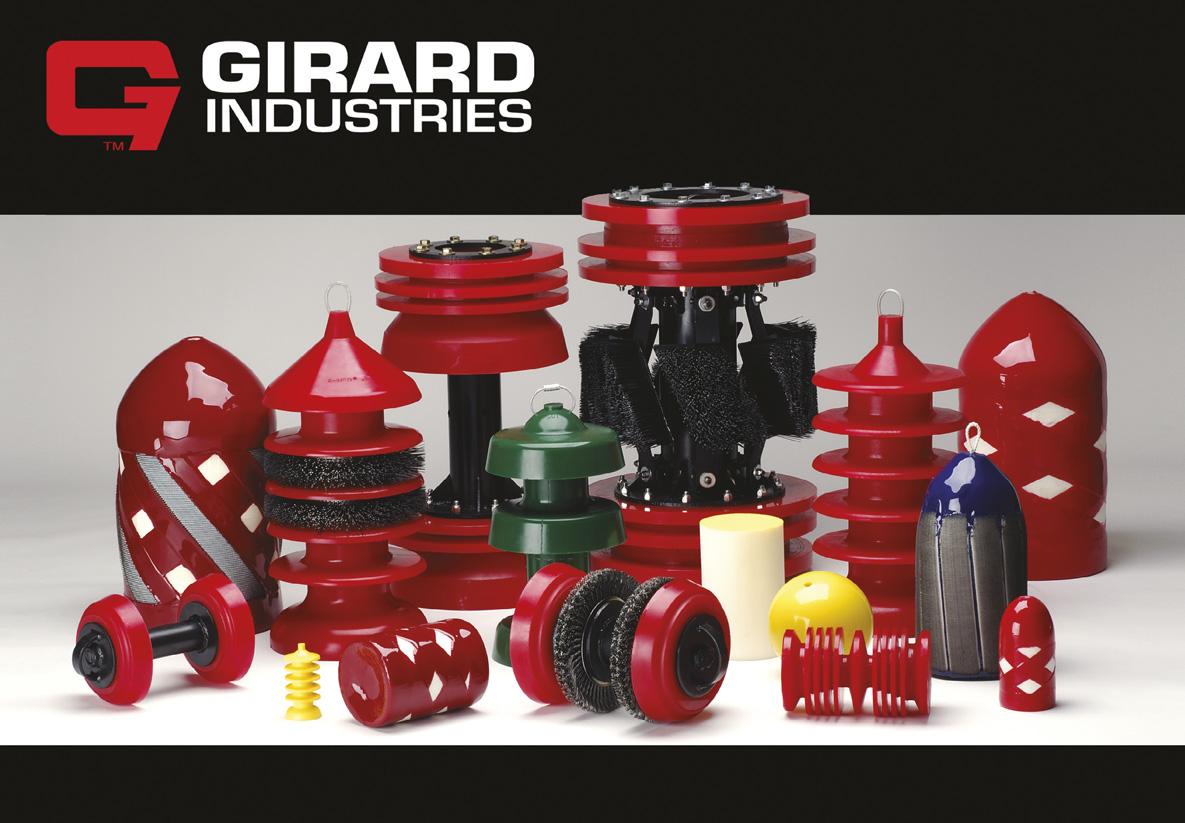
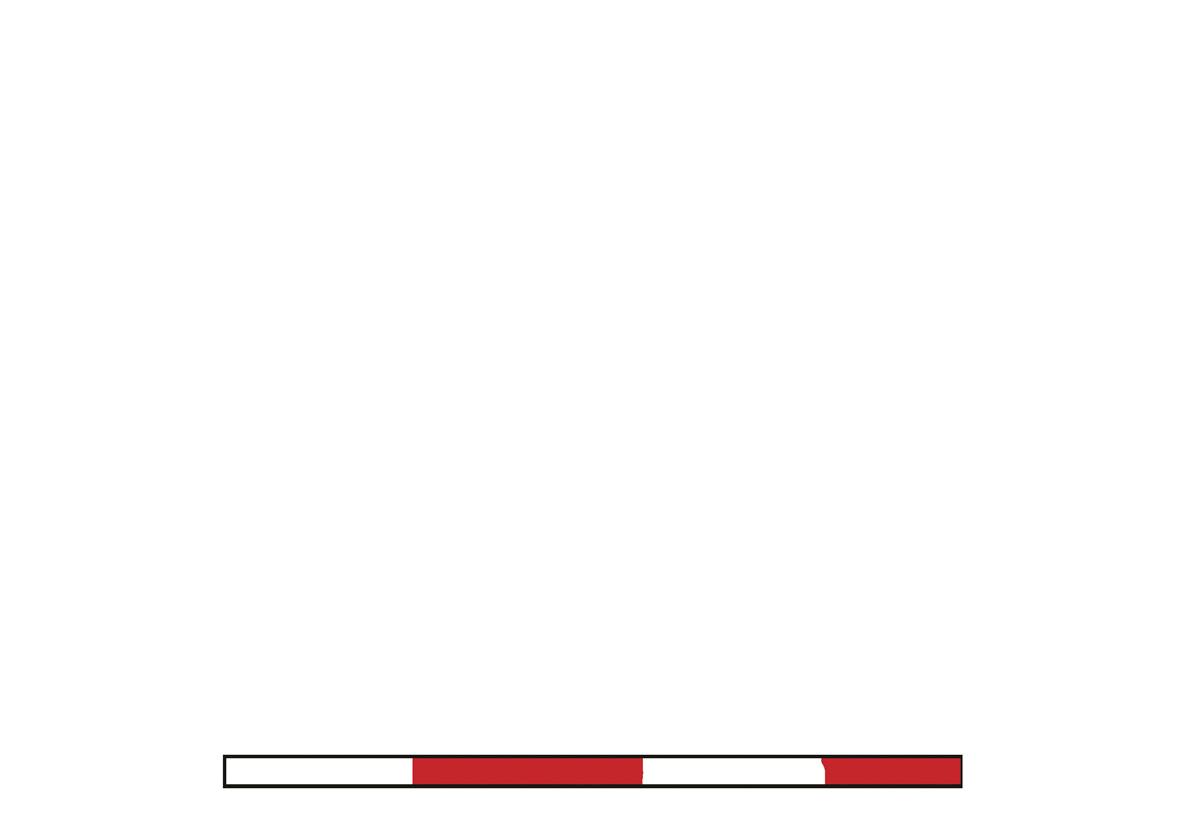



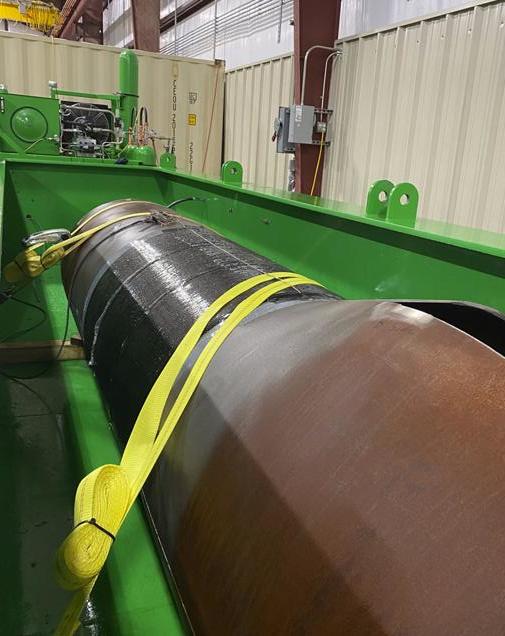
Figure 2. Atlas was validated on seam weld defects manufactured on full-scale spool tests.
prove that it can specifically be a permanent repair to seam weld and crack-like defects.
Reliable engineering tests and analyses Not all composite repairs are created equal. Of all the composite repairs on the market, very few have been tested for permanent reinforcement of crack-like defects. Fewer still have successfully demonstrated excellent performance in permanently reinforcing these anomalies. The AtlasTM composite repair system is a highly engineered carbon fibre and two-part epoxy composite repair system that has performed reliably and impressively in very highprofile testing programmes.
At a third party testing laboratory, crack-like defects up to 75% in depth and up to 10.2 in. in length have been reinforced with Atlas, which has had a reliable engineering analysis completed to determine the appropriate amount of thickness and length. The diameter of pipes with these defects have ranged from 8 - 36 in. Many of the pipes had LF-ERW seam welds with low fracture toughness, mimicking a “worst-case scenario” of what could be found on an actual anomaly in the field. Each repaired pipe was then tested either to rupture or with pressure cycling until failure. As can be seen in Figure 2, Atlas has been successfully tested as a permanent repair for crack-like defects..
Field implementation – where rubber hits the road With all of this great testing, why aren’t composite repairs being used more often in the pipeline industry to reinforce crack-like defects? Like any new technology, there are several hurdles to full industry acceptance, including necessary revisions to regulatory, code and standard requirements to reflect the positive testing and analysis available. Another issue to overcome is overall industry reluctance to change. For pipeline operators who have used one or two traditional methods to address these issues in the past, welding a 500 ft long steel sleeve over a 1 ft long defect because there isn’t good pipe to weld on can be a big initiator for change and to look for new technologies.
For the operators that have invested in the validation of composite repairs for crack-like defects, the rewards have been enormous. One pipeline company in particular operates an ethylene pipeline, which cannot be welded on due to the risk of auto decomposition of the ethylene and the threat of explosion due to the presence of any additional heat. This same pipeline was manufactured with LF-ERW welding methods, and an inline inspection tool discovered the presence of several crack-like defects in the seam weld that needed to be addressed. After a grueling testing programme, the Atlas demonstrated a superior ability to reinforce these crack-like defects over other composite systems and a bolt-on clamp. Based on the results of the testing programme, the pipeline operator decided that the Atlas was appropriate as a permanent repair for these anomalies.
In the field, installation crews worked around the clock to install dozens of Atlas composite repairs within a matter of weeks. Keeping close communication with the excavation contractor, the installers moved from site to site and were able to install the composite repairs within only a couple hours, and top coat and backfill was able to be accomplished the same day. The composite repair was flexible to on-site working conditions, able to be installed in hot and humid weather and in challenging terrain. Able to be installed by field labourers, it also saved money as welding-level labour was not required. Without any hot works near the pipe, the crews were safe from explosion risk through the entirety of the project. Once the last ditch was closed, the pipeline integrity group was able to breathe a collective sigh of relief knowing that their pipeline was permanently reinforced with a proven technology that did not require any welding.
A new hope In reading the news, it would seem as if the US can’t get rid of oil and gas fast enough. However, reliance on renewable energy is years down the road, and the need to maintain the integrity of existing pipeline infrastructure remains paramount. With mounting pressure to deliver more energy than ever before without building new pipelines, it is more important than ever for pipeline companies to adopt safe, robust, proven, flexible technology like the Atlas carbon fibre composite repair system that can help keep their pipeline in operation while addressing critical defects. Additionally, when these same pipeline networks are called upon to transport renewable natural gas and hydrogen, operators will be ready with a repair system that can meet the challenging demands of the day.









